Blend-ed

Blend-ed is a way of teaching that mixes face-to-face learning with online learning. This method helps create a better learning experience. Students learn through in-person classes and digital resources. They also have some control over when, where, and how they learn. This approach has changed a lot since the 1990s and is now a big part of modern education. This is especially true after the pandemic made digital learning more common.
Benefits
Blend-ed has several important benefits:
* Intentional Integration: It carefully mixes face-to-face and online learning, not just adding digital parts.
* Student Agency: Learners usually have some control over when, where, and how they learn.
* Personalized Pathways: The approach can be customized to fit different learning styles, preferences, and needs.
* Multiple Modalities: Learning happens through different ways, like recorded content, live classes, independent work, and group activities.
* Data-Informed Instruction: Digital tools give teachers information to help them adjust teaching based on how students are doing.
Use Cases
Blend-ed can be used in many different ways:
* Station Rotation: The classroom is divided into different learning areas. Students move through these areas on a set schedule. At least one area focuses on online learning, while others might involve direct teacher instruction, group activities, or independent work.
* Lab Rotation: This is similar to station rotation, but students go to a computer lab for their online learning activities.
* Flipped Classroom: Students learn new content at home through videos, readings, or online resources. Class time is then used for deeper activities like discussions, problem-solving, projects, and personalized support.
* HyFlex: This offers both in-person and online participation options for each class session. Students can choose their preferred way to attend class, switching between in-person and remote as needed.
* Individual Rotation: This creates personalized learning paths. Each student follows a customized schedule determined by teachers or learning algorithms, moving only to the activities that meet their specific learning needs.
* Blended Block: This alternates between long periods of online learning and face-to-face instruction.
* Enriched Virtual: This is mostly online, where students complete most coursework remotely but attend required face-to-face sessions at certain times.
* Community of Inquiry: This focuses on creating a learning environment where social presence, teaching presence, and cognitive presence come together.
Vibes
Blend-ed has been used successfully in many places:
* Carpe Diem Collegiate High School: Uses the rotation model, letting students learn at their own pace with teacher help.
* Lindsay Unified School District: Uses blended learning as part of its performance-based education system, leading to better attendance and graduation rates.
* University of Southern California: Successfully uses hybrid classes that mix traditional in-person lectures with online parts, making collaborative learning better.
Additional Information
Blend-ed needs good technology:
* Learning Management Systems: Platforms like TalentLMS, Canvas, and Moodle are important for blended learning. They provide a central place for course materials, assignments, and communication.
* Collaboration Tools: Tools like Zoom, Google Meet, and Microsoft Teams help with real-time engagement. Asynchronous options like discussion forums and collaborative documents help with different learning styles.
* Assessment Platforms: Technology-enhanced assessment tools like secure online proctoring services and interactive quiz platforms allow for varied assessment approaches that work in both physical and virtual environments.
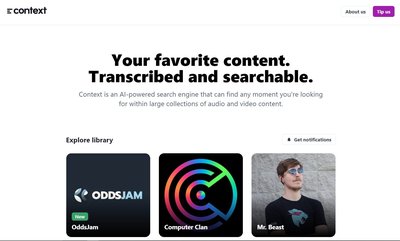
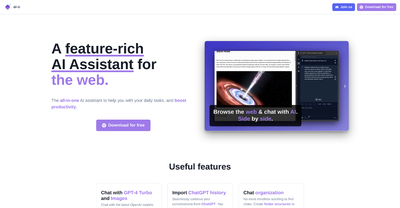
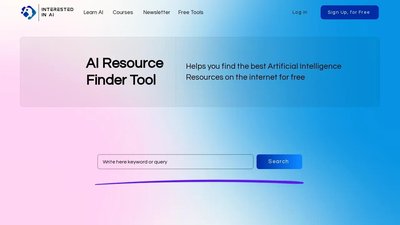
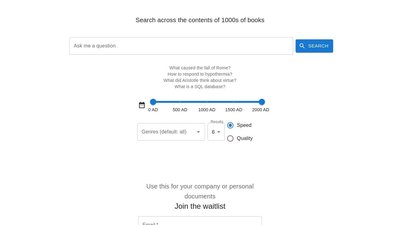
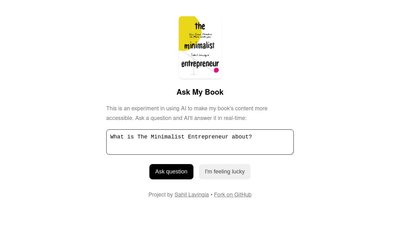
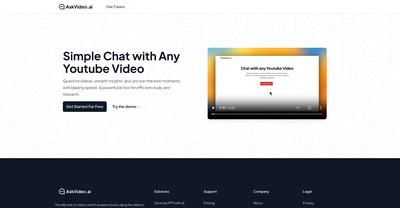
Comments
Please log in to post a comment.